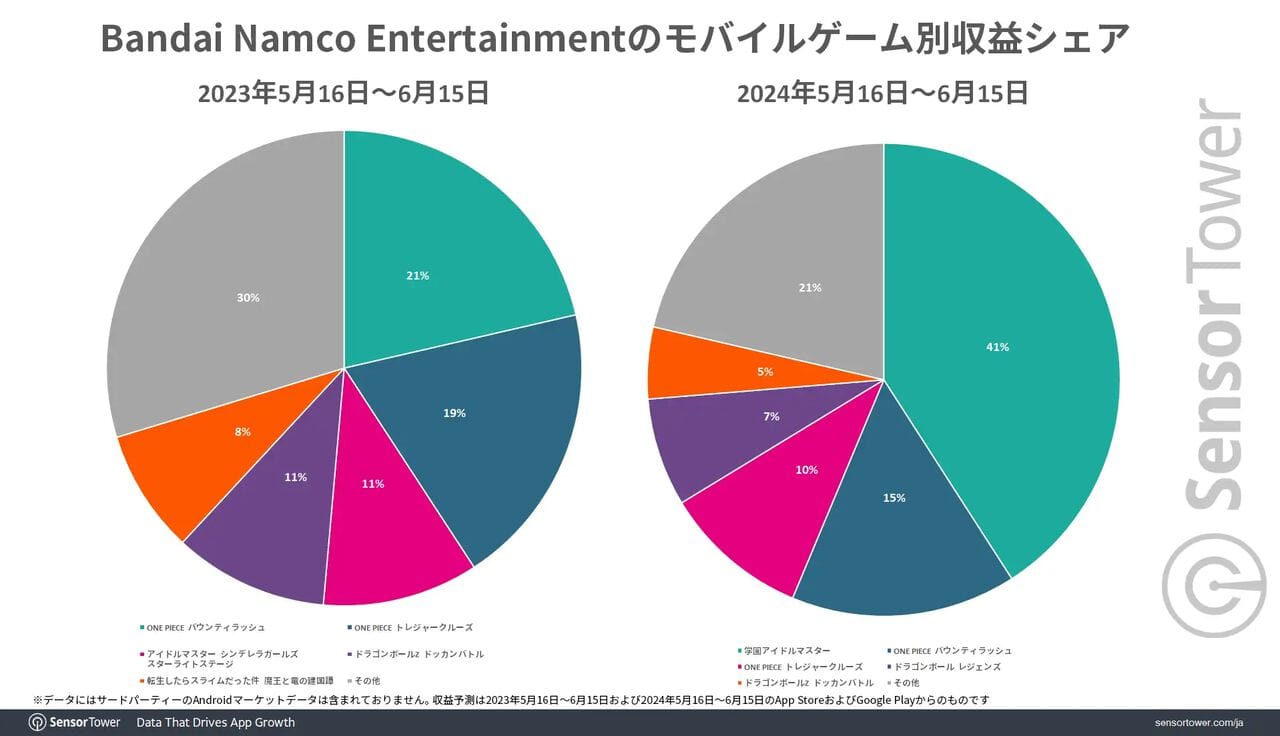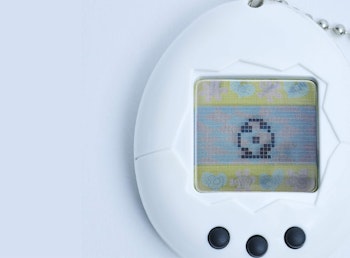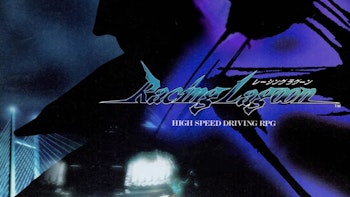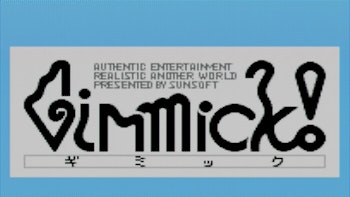
It’s often said that you can’t teach an old dog new tricks. With close to 20 years since the franchise began back in 2005, you’d be forgiven for thinking that The iDOLM@STER would be one of these senior canines, but the series’ latest title Gakuen iDOLM@STER is just the opposite. Launched back in May, it has proven perfectly capable of adapting to the modern needs of viral marketing, with the meishi function being the latest example of that.
As part of the version 1.4.1 update on September 1, Gakuen iDOLM@STER added a custom meishi (business card) feature to the game. This feature is important as your meishi is what represents your profile both when exchanging friend codes with another player and engaging in the PVP ‘Contest’ mode. Many other games in the iDOLM@STER series also have this feature, which in turn reflects the real-life culture of exchanging business cards between fans, but Gakuen iDOLM@STER’s cards are simply on another level.
In particular, what sets them apart is the sheer amount of creative freedom that players are offered when creating them. For example, while most other titles in the series tend to rely on static images (usually based on what cards you have pulled from the gacha), Gakuen iDOLM@STER allows players to use video as well. In fact, the game allows players to use pretty much any asset in the game however they want, leading to some truly out-there creations.
ぷよm@sです。
— suttonton (@minton_pst) September 8, 2024
推しは藤田カーバンクルことねと、岩ぷよリーリヤですhttps://t.co/mIz35C5F1R#学マス名刺 #学園アイドルマスター #学マス pic.twitter.com/s1YwAzaxaK
Once the update dropped on September 1, it didn’t take long for players to realise that the sky was the limit. Aside from designs that humoristically replicated items from the real world and parodied the relationships between the main characters, the main trend that eventually emerged was the idea of recreating other games within Gakuen iDOLM@STER using the feature. Other idol-raising games such as Love Live! School Idol Festival and D4DJ Groovy Mix were obviously fair game, while fans also enjoyed the idea of recreating titles that had nothing to do with the series, such as Shadowverse and Needy Girl Overdose.
The net result of this creativity was to ensure that all fans were talking and posting about in the days following the version 1.4.1 update was the business cards, and in turn Gakuen iDOLM@STER as a whole. In essence, this was the genius of this update: deliberating allowing players an unparalleled level of freedom to ensure a social media frenzy. How many people initially heard about the game or even decided to check it out because of how numerous these posts were and how popular some of them became? It’s all part of the plan.
In many ways, Gakuen iDOLM@STER has succeeded because of stunts like the business card feature. Right from the very beginning, the game has attempted to make the biggest splash online as possible, from the surprise release date announcement back in May to releasing all of the initial singles for free online with animated music videos. As a result, the game has been met with roaring success, topping the App Store and accounting for over 40% of Bandai Namco Entertainment’s mobile game revenue within the month of its release.

Bandai Namco is no doubt happy with this, but fans should be happy too. After the abrupt termination of service of The iDOLM@STER SideM: Growing Stars last April, many lost their faith in the company’s ability to continue developing and supporting the iDOLM@STER franchise in the long term, especially when other similar titles such as Love Live! are going through their own turbulent times. Massive download figures, virality and crazy business cards should, however, prove that there’s life in the old girl yet.
Gakuen iDOLM@STER is available now for iOS and Android devices (Japan only). Learn more on the official website.










